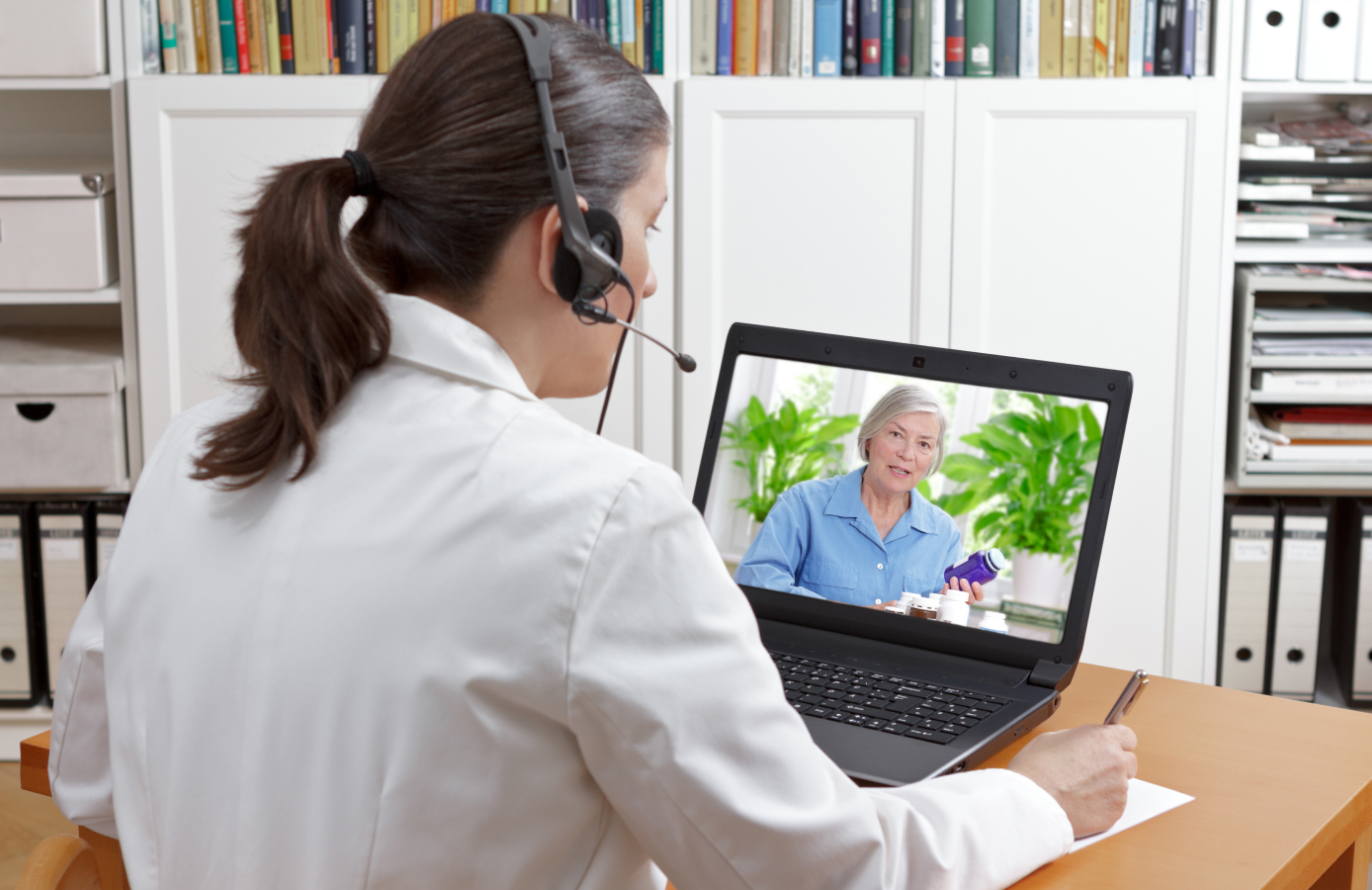7 Steps to Moving Patient Education Online in the Wake of COVID-19
Kurt Hayes, Chief Learning Experience Officer at OpusVi, gives advice on how health educators can move their services online

Necessity is the mother of invention — this has certainly been the case of COVID-19 and the unprecedented challenges that have come with it. More so than other services, the healthcare industry is balancing providing essential services, flattening the curve, and ensuring population safety as well as the safety of their staff. At OpusVi, we are trying our best to help through our expertise: taking education online. This is why Kurt Hayes, Chief Learning Experience Officer at OpusVi, spent a good part of March working with diabetic, prenatal, and post-partum educators to enable them to take their incredibly important and time-sensitive community education services online. Find his advice for other educators at the bottom of the page.
Springing into action
Kurt had been in discussions with Mercy Gilbert Medical Center and Chandler Regional Medical Center prior to the COVID-19 outbreak of the virus to help their diabetic educators leverage online education to expand their geographic reach and combat no show rates of up to 50% for their in-person programs.
“The plan was to launch in about 12 months,” says Kurt. “But the coronavirus pandemic quickly turned this into a critical project — instead of adding onto existing services, educators suddenly had to replace them. Educating patients on different types of diabetes including gestational diabetes or taking care of mothers post-delivery are absolutely essential services, but there was no way of keeping these services open without risking the health of the community.”
Finding a quick fix and planning more advanced solutions
In order to quickly equip educators with tools and techniques to connect with their patients at a distance and continue to deliver their services, Kurt connected with the educators via a series of video conferences, email, and chat to provide training sessions and support in using video communication tools like Zoom, building upon his expertise and best practices for holding classes, managing schedules online, and reaching out to their patients.
“It was great to see the true educators shine through,” says Kurt. “Their love and desire to educate was evident. They didn’t want the situation to get into the way of helping their patients. While it’s nice to help them get their services up and running again, this is just a Band-Aid. The goal now is to move beyond a quick solution. We need to truly adapt to the situation that might sadly be the new normal for some time to come and this won’t be done by just replacing analog synchronous learning with digital synchronous learning. Rather than plainly moving patient education online, we need to truly translate it to an online environment so that eventually, we will be able to reach 100% of the audience 100% of the time. Physical barriers or scheduling conflicts should never prevent us from educating effectively.”
Until we are able to follow up with an advanced solution, these are Kurt's top tips for healthcare educators to move their efforts online.
A guide for educators: Moving patient education online (quickly) in the wake of COVID-19
- Step 1: Select a video conferencing technology. Your IT department, if you have one, would be a great resource to ask for help at this step. Select a technology, like Zoom, that allows for face-to-face communication, not just audio — we’re all human and want to connect in meaningful ways, especially in times of social distancing. The service should be stable, easy to use, and have good sound quality. It’s important to consider technology integrations with your current systems and workflows, however, in a time when business continuity is critical, it’s important to not let perfection get in the way of progress.
- Step 2: Identify internal champions to serve as support. You can’t do this all alone, so get people to help you. Ease into it and set the expectation (for yourself as well as others) that it’s okay to be a novice as everyone will become an expert over time. This situation is new for everyone, so figure things out together.
- Step 3: Define account administration and technical support processes. Provide support, especially technical, for your educators (and by extension patients) via chat, email, and phone. Don’t rely on the vendor’s support function as they don’t know your use case well enough.
- Step 4: Define privacy standards and practices. Maintain privacy controls and follow privacy best practices. There’s been plenty written recently on “Zoombombers” and similar privacy threats, but simple changes to the default settings will avoid these kinds of situations and maintain data security.
- Step 5: Train, practice, and repeat. Confidence will come with practice, so do a few test runs with an internal audience to allow for a smooth(-ish) launch.
- Step 6: Customize messaging to participants. Keep it simple and think through the full experience for your learners. What will the invite say? How can the instructions be simplified to avoid confusion?
- Step 7: Go live (and continue to refine steps 4 to 6). Use co-hosts for live sessions, especially in the beginning. A co-host can monitor the chat and Q&A sections, help people get logged in, take attendance, and allow the main facilitator to stay focused. While facilitating, have fun and challenge yourself to use your new digital toolset to its fullest: Use the digital whiteboard, polling, emoticons, and breakout rooms — obviously not all at once or in the beginning, but challenge yourself to make your sessions engaging and enjoyable.

